How to Use a Drill on Different Materials
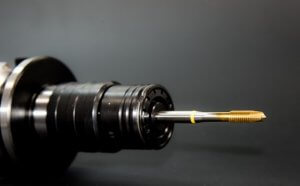
A drill is a really practical tool for doing work around the house. They have a really ergonomic design which makes them easy to use.
You can use these tools for all different types of things, such as assembling furniture, making holes in walls, hanging paintings and putting up shelves of all different materials. You can also use them to make holes in walls, and screw and unscrew different objects.
However, it’s important to remember that every surface is different. They don’t have the same density, which means they have different strengths, textures, and components.
With this in mind, we’ll show you three ways to use this tool correctly depending on the material. Plus, we’ll also tell you about the main characteristics of a typical drill.
Drills: characteristics
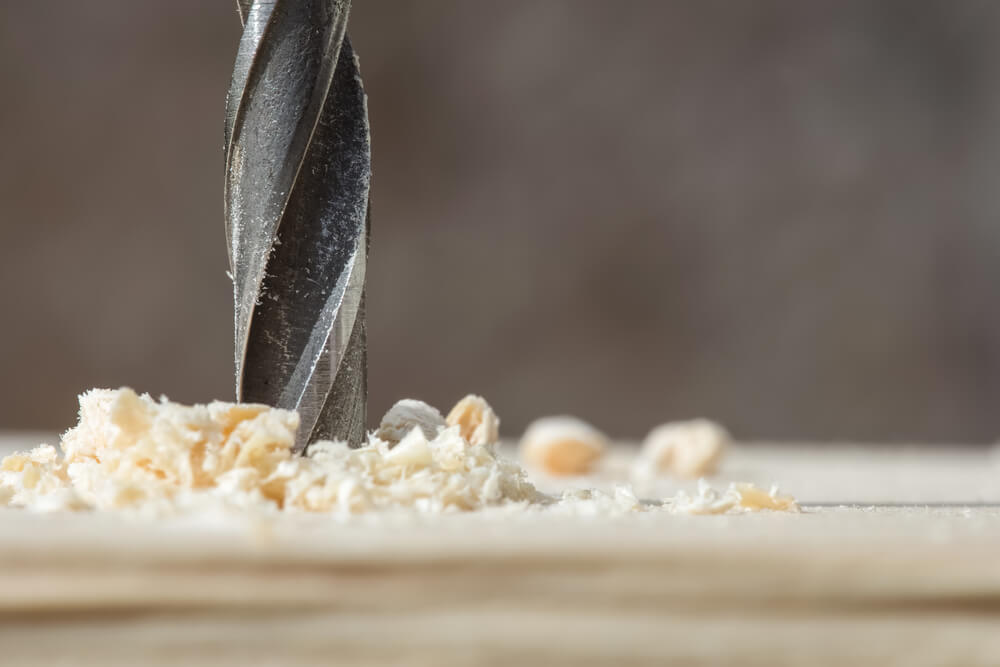
Drills are mainly used to make holes in different surfaces. However, there are also drills with other, more specific functions, such as tightening and loosening screws. You can also find electric or cordless versions.
On the end, you’ll find a bit, which is designed to pierce through different materials. Here are some of the drills that you’ll find on the market:
- Electric
- Bench
- Cordless
- Mini
- Hammer
Things to do before you start drilling
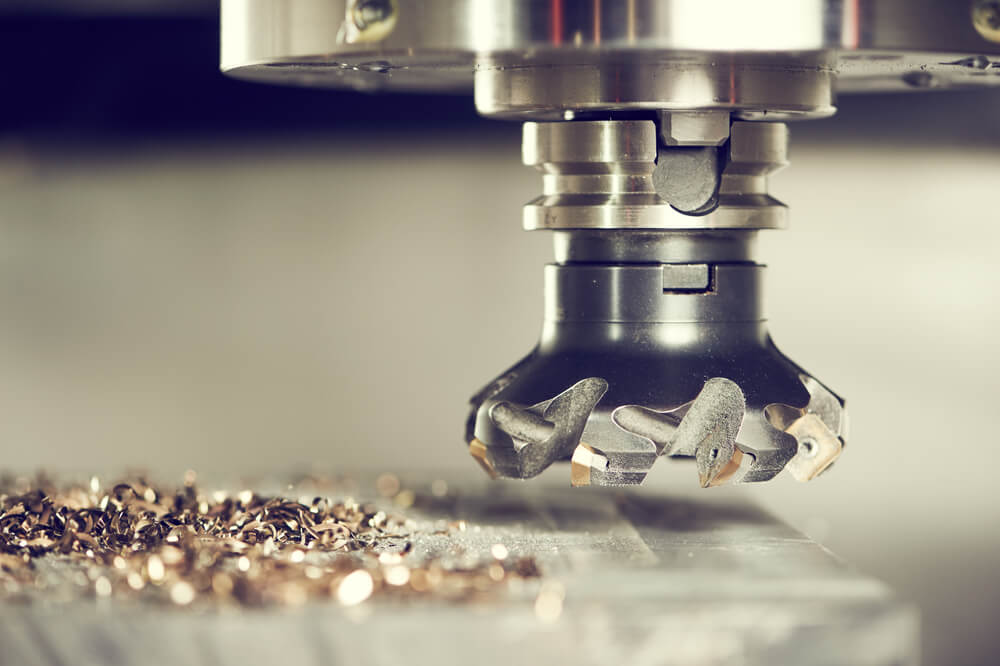
Every surface is different. The various components, textures, and strengths vary greatly from one to the next. So, it’s important to know how to use your drill correctly, depending on the surface you’re working on.
With this in mind, you need to know that there are specific bits for every type of material. Plus, it’s important to prepare the surface correctly before you start drilling.
Before you start working on a surface, you need to:
- Choose the right bit for every material.
- Clean the surface of all dust and dirt.
- Mark the place you want to drill with a pen or chalk so that you can be as accurate as possible.
Plus, you need to understand that this task can only be done by an adult, and with utmost care. You need to hold the drill firmly and carefully to avoid any accidents
How to use a drill: different materials
As we’ve already mentioned, there are certain things to keep in mind before you start to drill any surface. First, you need to be familiar with the material, take measurements, clean the surface and, most importantly of all, choose the right bit.

There are several different drill bits designed specifically for each material, with different lengths, thicknesses, and shapes. So, in this next section, will tell you how to use your tool correctly, depending on the type of material.
Wood
Wood is a fine, soft material, unlike other materials which have a denser and stronger composition.
As a result, it is a surface that is easy to drill into. However, you have to remember to use a special bit designed for wood. It needs to be sharp, and either a flat, twisted or spade bit measuring 2-12 millimeters.
This way, the specially designed bit will cut a circular hole in the wood, allowing you to pierce it or even drill straight through to the other side.
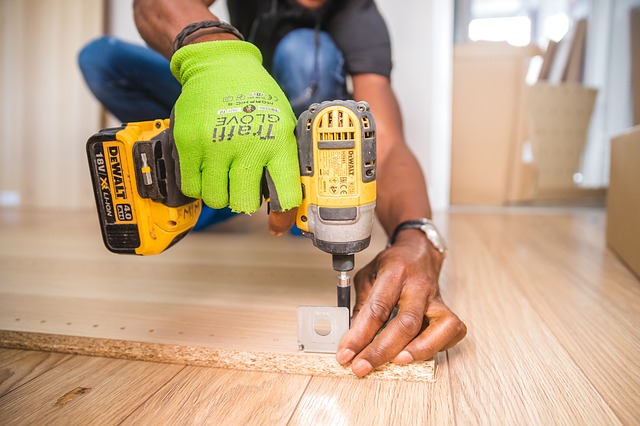
Don’t press down too hard on the wood. You need to avoid making any sudden movements as it could damage the material or even cause an accident. Plus, if you’re working on wood, we wouldn’t recommend using a hammer drill.
We would recommend using a traditional electric drill, as the action of a percussion drill can cause the material to splinter and split.
Metal
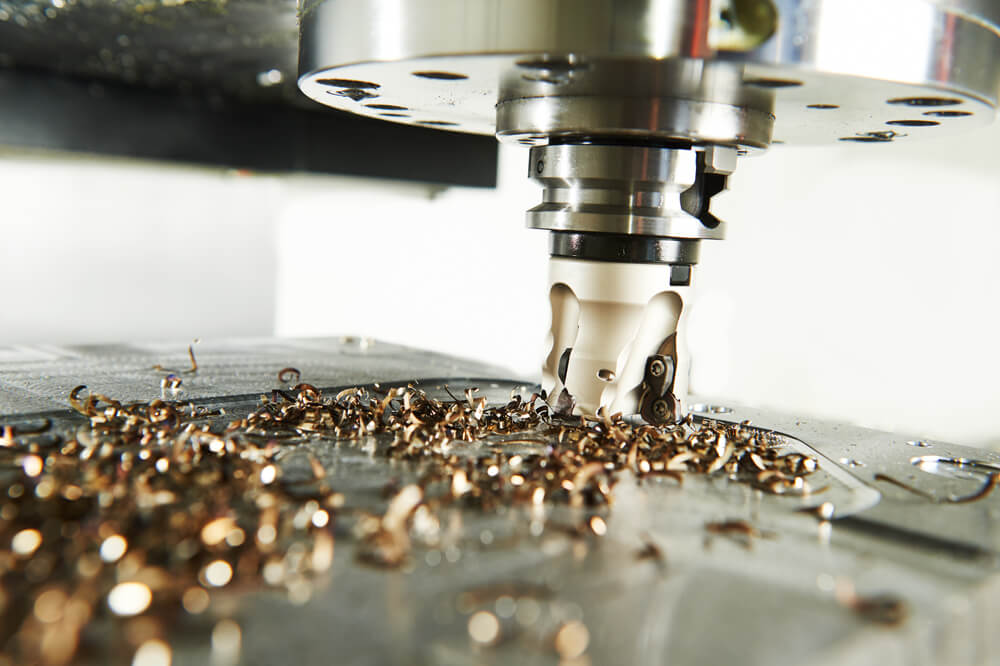
Metal is a much harder material, making it much more difficult to work with than wood. As a result, there are several different aspects to keep in mind before you start drilling. Due to the high friction produced, you’ll need to treat the surface with coolant before you start working on it.
To do this, you can treat the metal with cutting fluid. It will help you to be safer and more precise when it comes to drilling. In this case, you can use a hammer drill.
Choose an electric or cordless drill and use a bit specially designed for metal with a thickness of 2 to 10mm. Choose the bit that best suits the surface and be careful.
Glass
Finally, glass is another material that you need to handle very carefully. Use an electric drill and use a bit specially designed for glass.
Just like with metal, we recommend treating the surface with coolant to prevent the glass from shattering. You should drill the hole slowly and carefully. And, if necessary, you can put on goggles and gloves to protect yourself as you work.
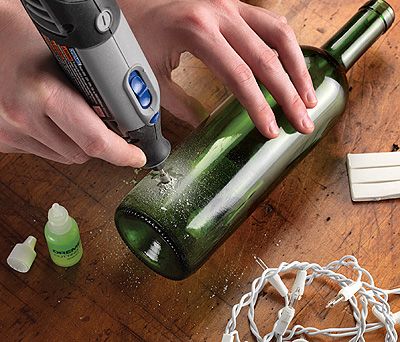
Remember all these pieces of advice, and take all the necessary precautions. That way, you’ll be able to work more freely, without causing any damage to the material, your surroundings or yourself.
As well as the materials we’ve mentioned here today (wood, metal, and glass) you can use your drill on almost any other material. But before you do, you’ll need to do some research into the type of bit you need, and how best you can protect the surface.
Learn to use your drill properly and get assembling that furniture, hanging up those paintings and anything else you want. Ready? Then let’s get to work!
A drill is a really practical tool for doing work around the house. They have a really ergonomic design which makes them easy to use.
You can use these tools for all different types of things, such as assembling furniture, making holes in walls, hanging paintings and putting up shelves of all different materials. You can also use them to make holes in walls, and screw and unscrew different objects.
However, it’s important to remember that every surface is different. They don’t have the same density, which means they have different strengths, textures, and components.
With this in mind, we’ll show you three ways to use this tool correctly depending on the material. Plus, we’ll also tell you about the main characteristics of a typical drill.
Drills: characteristics

Drills are mainly used to make holes in different surfaces. However, there are also drills with other, more specific functions, such as tightening and loosening screws. You can also find electric or cordless versions.
On the end, you’ll find a bit, which is designed to pierce through different materials. Here are some of the drills that you’ll find on the market:
- Electric
- Bench
- Cordless
- Mini
- Hammer
Things to do before you start drilling

Every surface is different. The various components, textures, and strengths vary greatly from one to the next. So, it’s important to know how to use your drill correctly, depending on the surface you’re working on.
With this in mind, you need to know that there are specific bits for every type of material. Plus, it’s important to prepare the surface correctly before you start drilling.
Before you start working on a surface, you need to:
- Choose the right bit for every material.
- Clean the surface of all dust and dirt.
- Mark the place you want to drill with a pen or chalk so that you can be as accurate as possible.
Plus, you need to understand that this task can only be done by an adult, and with utmost care. You need to hold the drill firmly and carefully to avoid any accidents
How to use a drill: different materials
As we’ve already mentioned, there are certain things to keep in mind before you start to drill any surface. First, you need to be familiar with the material, take measurements, clean the surface and, most importantly of all, choose the right bit.

There are several different drill bits designed specifically for each material, with different lengths, thicknesses, and shapes. So, in this next section, will tell you how to use your tool correctly, depending on the type of material.
Wood
Wood is a fine, soft material, unlike other materials which have a denser and stronger composition.
As a result, it is a surface that is easy to drill into. However, you have to remember to use a special bit designed for wood. It needs to be sharp, and either a flat, twisted or spade bit measuring 2-12 millimeters.
This way, the specially designed bit will cut a circular hole in the wood, allowing you to pierce it or even drill straight through to the other side.

Don’t press down too hard on the wood. You need to avoid making any sudden movements as it could damage the material or even cause an accident. Plus, if you’re working on wood, we wouldn’t recommend using a hammer drill.
We would recommend using a traditional electric drill, as the action of a percussion drill can cause the material to splinter and split.
Metal

Metal is a much harder material, making it much more difficult to work with than wood. As a result, there are several different aspects to keep in mind before you start drilling. Due to the high friction produced, you’ll need to treat the surface with coolant before you start working on it.
To do this, you can treat the metal with cutting fluid. It will help you to be safer and more precise when it comes to drilling. In this case, you can use a hammer drill.
Choose an electric or cordless drill and use a bit specially designed for metal with a thickness of 2 to 10mm. Choose the bit that best suits the surface and be careful.
Glass
Finally, glass is another material that you need to handle very carefully. Use an electric drill and use a bit specially designed for glass.
Just like with metal, we recommend treating the surface with coolant to prevent the glass from shattering. You should drill the hole slowly and carefully. And, if necessary, you can put on goggles and gloves to protect yourself as you work.

Remember all these pieces of advice, and take all the necessary precautions. That way, you’ll be able to work more freely, without causing any damage to the material, your surroundings or yourself.
As well as the materials we’ve mentioned here today (wood, metal, and glass) you can use your drill on almost any other material. But before you do, you’ll need to do some research into the type of bit you need, and how best you can protect the surface.
Learn to use your drill properly and get assembling that furniture, hanging up those paintings and anything else you want. Ready? Then let’s get to work!







